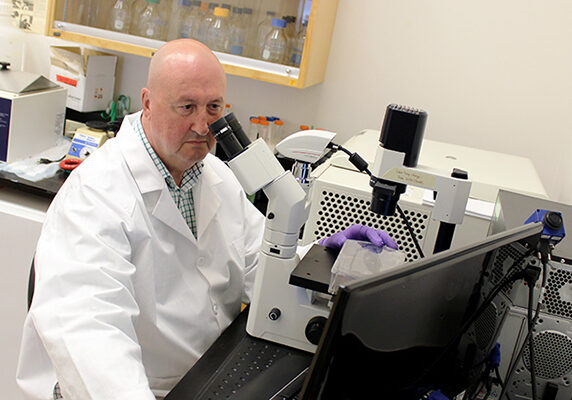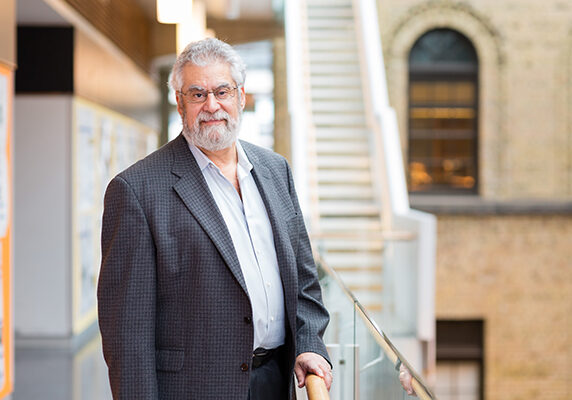
Michael Sefton receives $1.1M from JDRF for type 1 diabetes research
Funding supports investigation of experimental treatment that involves transplanting healthy pancreatic cells into patients living with the disease
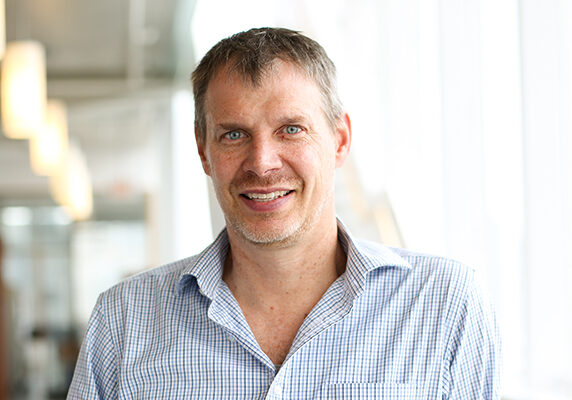
Peter Zandstra recognized for contributions to development and commercialization of stem cell-based therapies
IBBME University Professor to receive Scale-Up and Manufacturing of Cell-Based Therapies Award at Engineering Conferences International

Michael Sefton to receive Lifetime Achievement Award from the Tissue Engineering & Regenerative Medicine International Society
The award, issued by the organization’s Americas chapter, recognizes immense contributions to the fields of tissue engineering and regenerative medicine
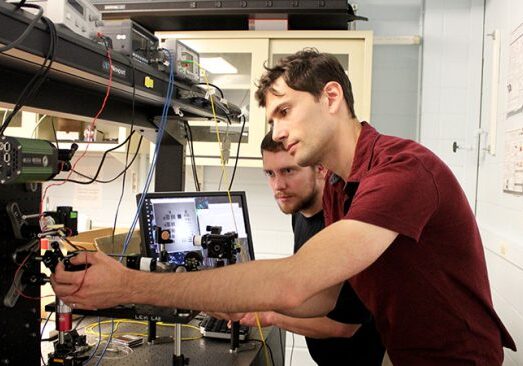
Battery-sized microscope gives new insights into brain activity during seizures
Technique could offer insights into what causes epilepsy, and lead to more effective treatments for more than 15,000 Canadians diagnosed each year
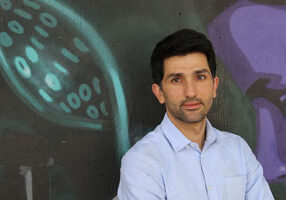
Multi-functional, modular nanoparticles could help fight cancer
New cancer-fighting nanoparticles developed at U of T Engineering carry out multiple functions to kill cancer cells while leaving healthy ones alone. They consist of a gold nanorod core (yellow, at left) surrounded by smaller gold spheres and linked via strands of DNA containing anti-cancer drug (red). The spheres are coated with a polymer film […]

Many life-saving defibrillators behind locked doors during off-hours, study finds
A study led by U of T Engineering researchers shows that automated external defibrillators (AEDs) are inacessible up to 30 per cent of the time.
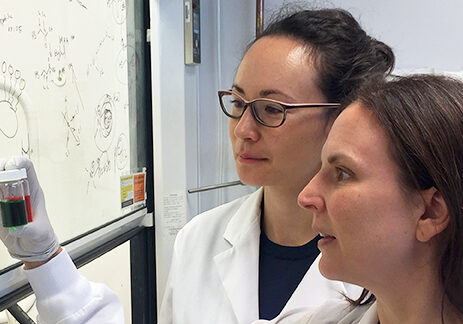
Understanding a key roadblock behind nanoparticle cancer drug delivery
A new paper from Prof. Warren Chan and colleagues is shedding light on how the liver interacts with nanoparticles

